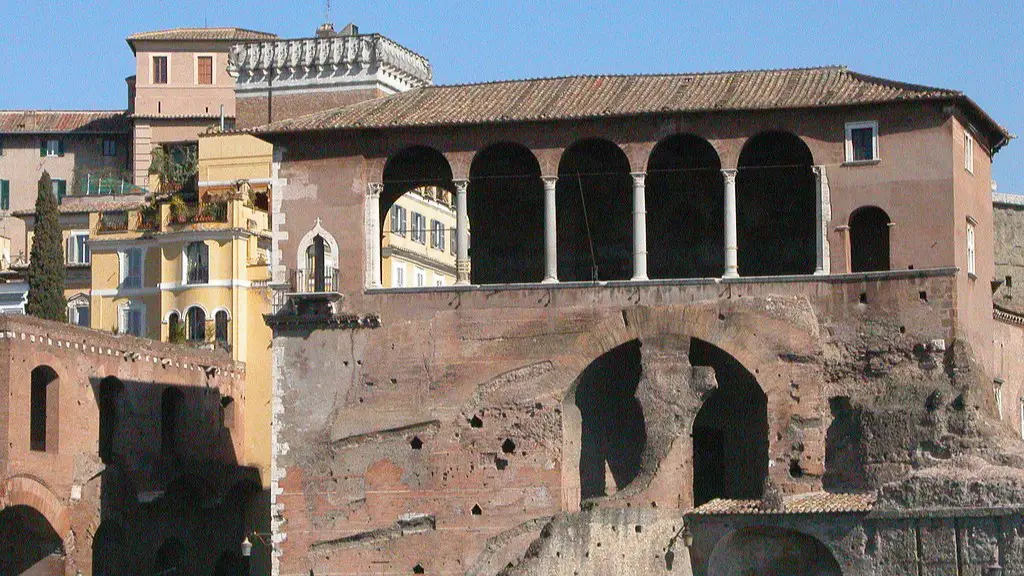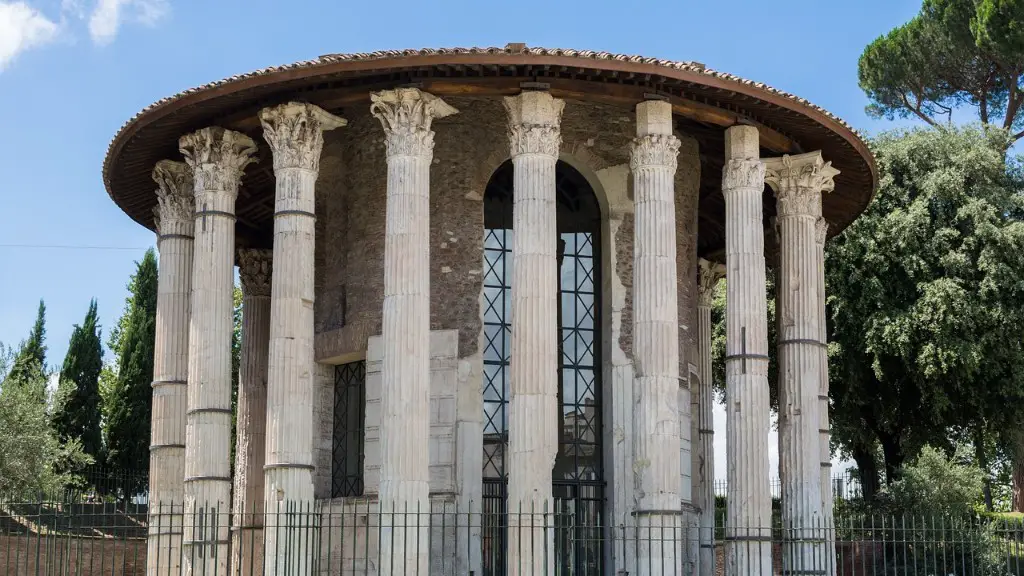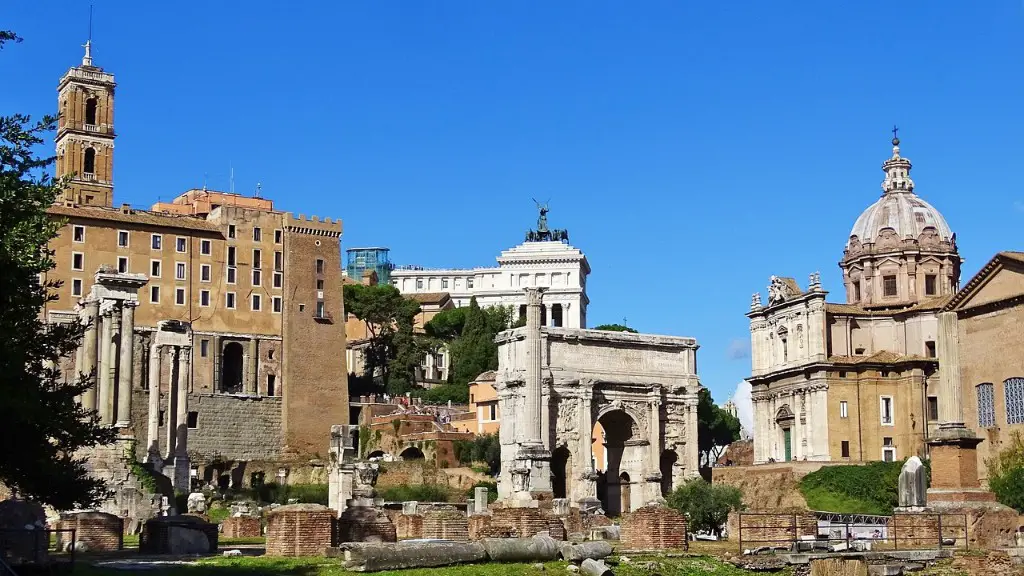Laws were enforced in ancient Rome through a system of courts and law enforcement officials. The Roman courts were responsible for hearing cases and determining punishments. Law enforcement officials were responsible for carrying out the punishments ordered by the courts.
There is no one answer to this question as it varied over time and depending on the specific law in question. For example, some laws were enforced by the threat of punishment (e.g. imprisonment or execution), while others were enforced through public shaming or ostracism. In general, however, it is safe to say that the enforcement of laws in ancient Rome was often brutal and harsh.
What was law enforcement in ancient Rome?
The Vigiles or more properly the Vigiles Urbani (“watchmen of the City”) or Cohortes Vigilum (“cohorts of the watchmen”) were the firefighters and police of ancient Rome. They were created in order to help keep the peace and protect property during the night.
The Cohortes Urbanae was a group of troops that was responsible for protecting Rome and other large cities in the Roman Empire. Not only did they act as a police force, but they also were called upon to fight in battle when needed. This group of officers was commanded by the Praefectus Urbi, who held a lot of power in the capital.
How did the Roman law system work
Roman law originally adopted the principle of personality, which means that the law of the state only applied to its citizens. Foreigners had no rights and could be seized like property by any Roman unless they were protected by a treaty between their state and Rome. This principle was later changed, and foreigners were given more rights under Roman law.
The Romans designed their punishments to discourage potential criminals. How you were punished depended on who you were and your position in Roman society. Whipping and fines were the most common punishments. Wooden shoes were sometimes placed on the feet of prisoners, making escape difficult.
Did ancient Rome have a legal system?
The law in the Roman Republic was created by different classes of people, with the upper-class patricians having the most power. Eventually, the lower-class plebeians gained the right to make laws as well, though they were not always successful in doing so.
Ancient Roman law was divided into three parts: jus civile, jus gentium, and jus naturale. Jus civile focused on the rights of citizens, while jus gentium was for citizens, non-citizens, and foreigners and operated by common rational principles of civilized societies. Jus naturale was a set of universal principles that applied to all people, regardless of their status.
What are the 8 forms of punishment in Rome?
There are eight kinds of punishment: fine, fetters, flogging, retaliation in kind, civil disgrace, banishment, slavery, and death. Each of these has its own particular purpose and effect.
Fine is a monetary punishment imposed as a way of making the offender pay for their crime. Fetters are a physical restraint, usually in the form of chains, that prevent the offender from moving freely. Flogging is a form of corporal punishment in which the offender is whipped with a rod or whip as a way of inflicting pain. Retaliation in kind is a punishment in which the offender is made to suffer the same fate that they inflicted on their victim. Civil disgrace is a punishment that involves stripping the offender of their citizenship or rights as a way of shaming them. Banishment is a punishment in which the offender is forced to leave their home and relocate to another area, usually as a way of isolating them from others. Slavery is a form of punishment in which the offender is treated as property and made to perform forced labor. Death is the most extreme form of punishment, and is usually reserved for the most serious of crimes.
The “tithing” system was a method of law enforcement and maintaining peace that was used in early Western societies. Groups of ten families would work together to uphold the law, bring violators to court, and keep the peace. This system was effective in keeping disorder and crime low in communities.
What were the main sources of Roman law
Gaius was a jurist in the second century who is best known for his work, the Institutes. In it, he outlines the various sources of Roman law, including statutes (leges), plebiscites (plebiscita), senatorial resolutions (senatus consulta), enactments of the emperors (constitutiones principum), edicts of the magistrates (edicta), and answers of those learned in the law (responsa). While some of these sources are no longer used in modern times, they provide a helpful overview of the development of Roman law.
The centumviral court was the chancery court of ancient Rome. It was a court of justice dealing with private law (what is referred to in common law systems as civil law). The court was established in the 2nd century BC, and was originally composed of 100 members. In later years, the number of members was increased to 150, and then to 300. The court was abolished in the 5th century AD.
How did the Romans structure their system of government and law?
The Roman Republic was a period of time in which Rome was governed by a group of elected officials called magistrates. These magistrates had different areas of authority over different aspects of Roman life. There was also a Senate council made up of all the present and former magistrates. Lastly, there were a number of popular Assemblies who elected magistrates, voted on legislation, and served as a supreme law court.
In the Roman Empire, stealing was punishable by death. However, if the thief was not killed when caught in the act, he could instead be sentenced to reimburse the victim, often four or five times the value of the stolen goods.
How did Romans punish murderers
The more severe the crime, the more severe the punishment. This could include putting out the eyes, ripping out the tongue, or cutting off ears. The death penalty could include being buried alive, impaled, or crucified.
Although slavery was seen as the norm in Roman society, some people spoke out against the mistreatment of slaves. The poet and philosopher Seneca argued that slaves should be treated fairly, as they led harsh lives. Often, slaves were whipped, branded, or cruelly mistreated by their owners. And if an owner killed a slave, they would face no punishment.
How was Roman law created?
The Twelve Tables were a set of laws written by the decemvirs in 449 BCE. These laws were the foundation of Roman law and documented the centuries-old customary laws. The Twelve Tables were a great achievement for the Roman people and helped to create a more just and orderly society.
The court recognized three systems of substantive law: the dharma-shastra, the arth-shastra, and custom (sadachara or charitra). The first consisted of laws which derived their ultimate sanction from the smritis, and the second of principles of government.
What are 3 important contributions of Roman law
Roman law and the Roman Constitution have had a lasting impact on the world. Many of the concepts that are used in modern democracies, like checks and balances, vetoes, separation of powers, and term limits, can be traced back to the Roman Republic. Even though the Roman Empire fell, the legacy of Roman law has lived on and continues to shape the world today.
This famous example of an emperor creating a new law was done by Caracalla in 212 CE. He granted Roman citizenship to all free inhabitants of the empire at that time. This was a very significant event because it showed that the emperor was willing to grant citizenship to those who were not originally from Rome. This was a very inclusive act that helped to solidify the empire.
Final Words
There is no one answer to this question as laws were enforced differently at different times and in different places in ancient Rome. Generally speaking, however, laws were enforced by the government through the use of law enforcement officials such as the police and the courts. Individuals who broke the law could be fined, imprisoned, or even executed.
The Roman Republic had a strong military and legal system that helped to maintain order and enforce laws. Laws were enforced by the Roman Senate, the Roman army, and the Roman courts. The Senate was responsible for passing laws, and the army was responsible for enforcing them. The courts were responsible for interpreting and enforcing the laws.





